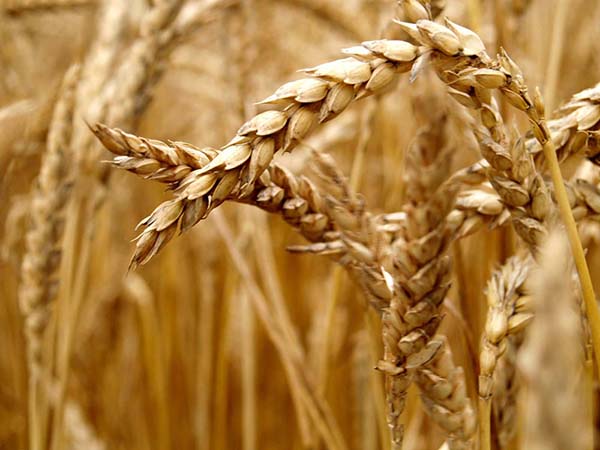Working together to determine threats to Australia’s environment

Protecting Australia from exotic pests, weeds and diseases that could negatively impact the environment is a national priority. Previous introductions of pests, weeds and diseases – examples include foxes, lantana, myrtle rust and the amphibian disease chytridiomycosis – have negatively impacted Australia’s unique environment, biodiversity and our way of life.
The Department of Agriculture and Water Resources, the Australian Bureau of Agricultural and Resource Economics and Sciences (ABARES), as well as experts from state and territory governments, New Zealand Government, universities and other organisations are working together to identify and determine high priority exotic pests, weeds and diseases that could harm Australia’s environment and social amenity should they arrive in Australia.
The project, due for completion by the end of 2019, will identify high risk species across all taxonomic groups and ecosystems, including terrestrial and freshwater vertebrates, plants, marine pests, terrestrial and aquatic invertebrates, plant pathogens, wildlife diseases, and aquatic animal diseases. This is to ensure that Australia’s native flora and fauna, unique environments (from our tropical rainforests to our reefs and oceans, national parks, deserts, estuaries and heritage sites), and the social amenity they provide to the Australian public, are adequately protected from future biosecurity threats.
A national priority list of environmental pests and diseases, developed in partnership with biosecurity system participants, was one of the key recommendations in the 2017 Priorities for Australia’s biosecurity system report. Collaboration is an important component of the project, where joint decisions have been made with key stakeholders from governments and other organisations throughout the entire process. Two workshops were held in March and June 2018 to facilitate the development of stakeholder networks and to inform the development of the national priority list.
Project participants are currently in the process of assessing species for the national priority list. A consultation process is expected once the assessment period is complete, likely around mid-2019, with the final list anticipated to be published by the end of 2019. The list and prioritisation process will be initially reviewed after three years, and there will be the flexibility to add or delete species as needed to keep the list current.
- For further information on the national priority list of exotic environmental pests and diseases project, please contact [email protected]



